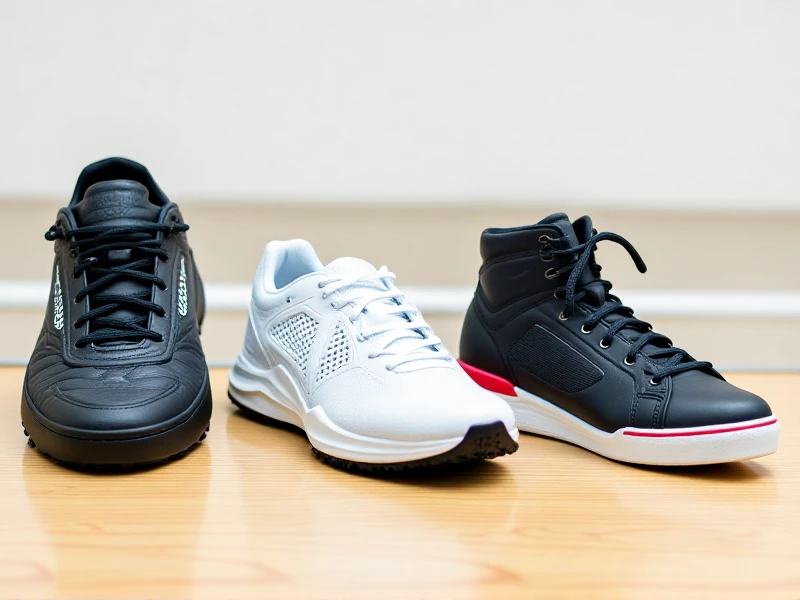
Your Ultimate Guide to Choosing the Best Training Shoes for Peak Performance
English SEO Article on "Training Shoes"
When it comes to elevating your workouts, the right pair of training shoes isn't just an accessory—it's your foundation. Designed specifically for dynamic movements, training shoes provide the stability, cushioning, and flexibility needed for everything from HIIT sessions to weightlifting.
Why Dedicated Training Shoes Matter
Unlike running shoes built for forward motion, training shoes excel in multi-directional support. Key features include:
- Lateral Stability: Reinforced sides prevent ankle rolls during side-to-side moves like lunges and agility drills.
- Adaptive Cushioning: Responsive midsoles absorb impact during jumps while maintaining "ground feel" for balance.
- Flexible Outsoles: Split soles or pivot points allow natural foot rotation during squats or rope climbs.
Choosing Your Perfect Pair
- Define Your Routine: Cross-trainers suit varied workouts, while minimalist shoes benefit weightlifters needing close floor contact.
- Prioritize Support: Look for heel counters (back cup) and arch reinforcement if you have pronation issues.
- Test Flexibility: Bend the shoe at the forefoot—it should flex easily where your foot naturally bends.
- Breathability Factor: Mesh uppers prevent overheating during intense circuits.
Top Care Tips
- Rotate shoes between sessions to extend foam recovery time.
- Hand-wash with mild detergent; avoid direct heat drying.
- Replace every 6-8 months or once tread patterns fade significantly.
For athletes demanding versatility, brands like Nike Metcon, Reebok Nano, and Under Armour Tribase seamlessly transition from box jumps to barbell complexes. The ideal training shoe becomes an invisible partner—securing your stance during deadlifts and propelling explosive power in plyometrics. Remember: Your feet power your performance. Invest in footwear engineered to match your ambition.